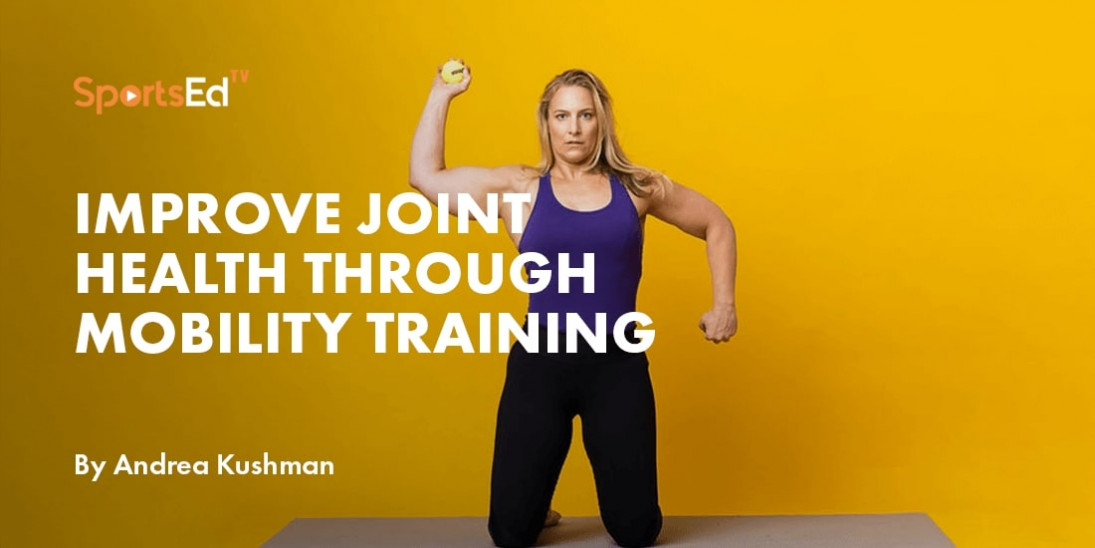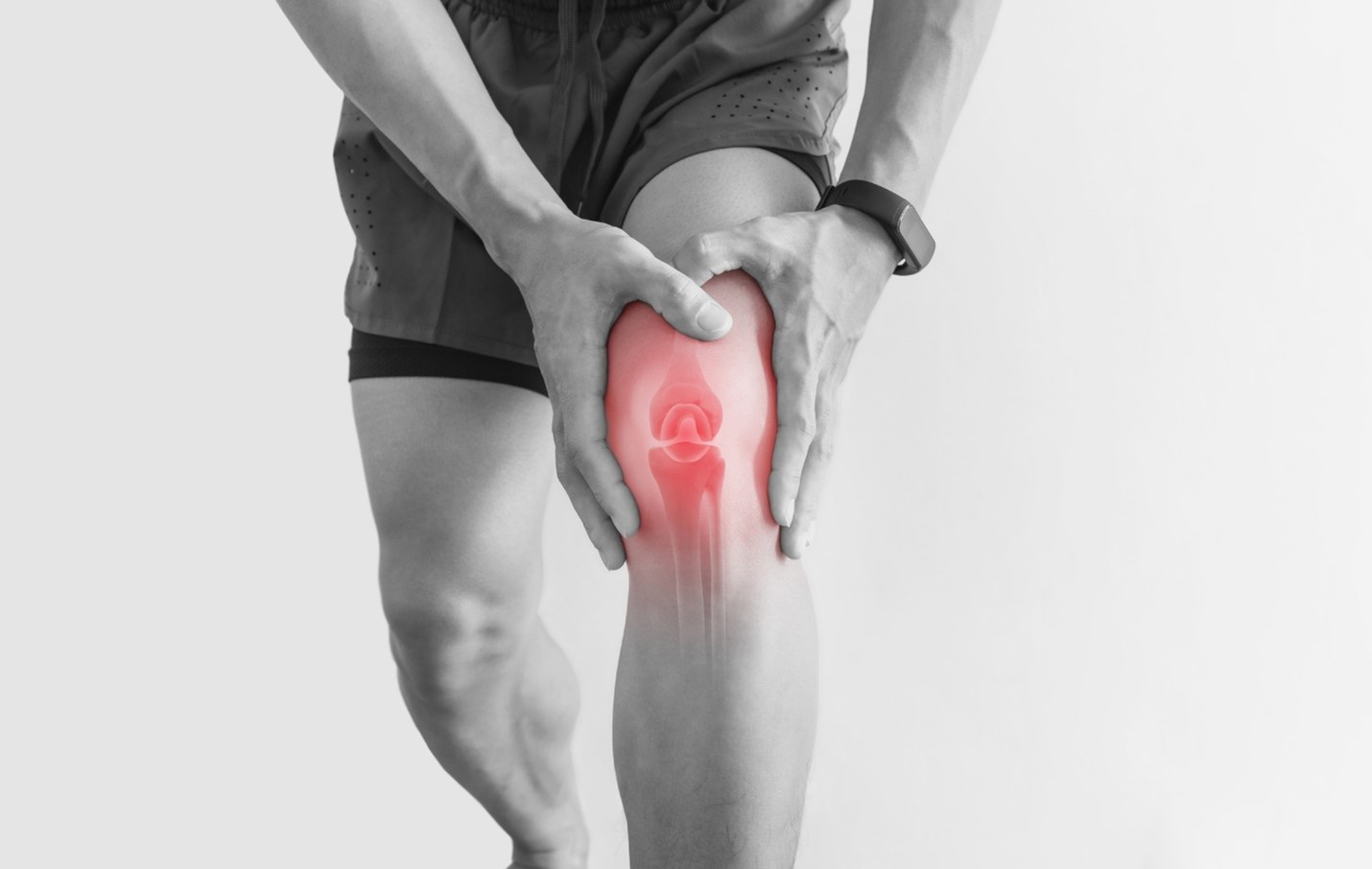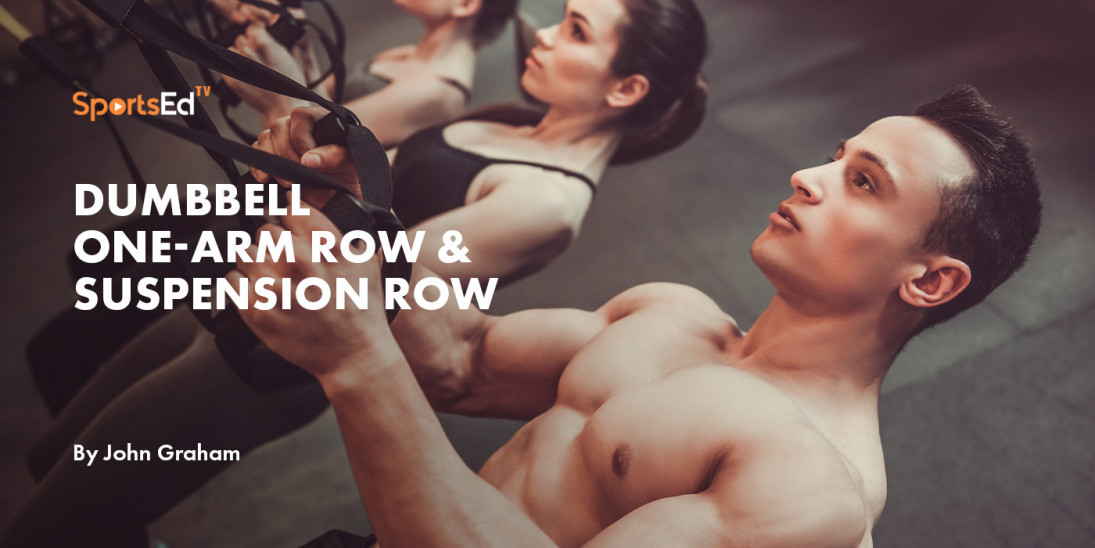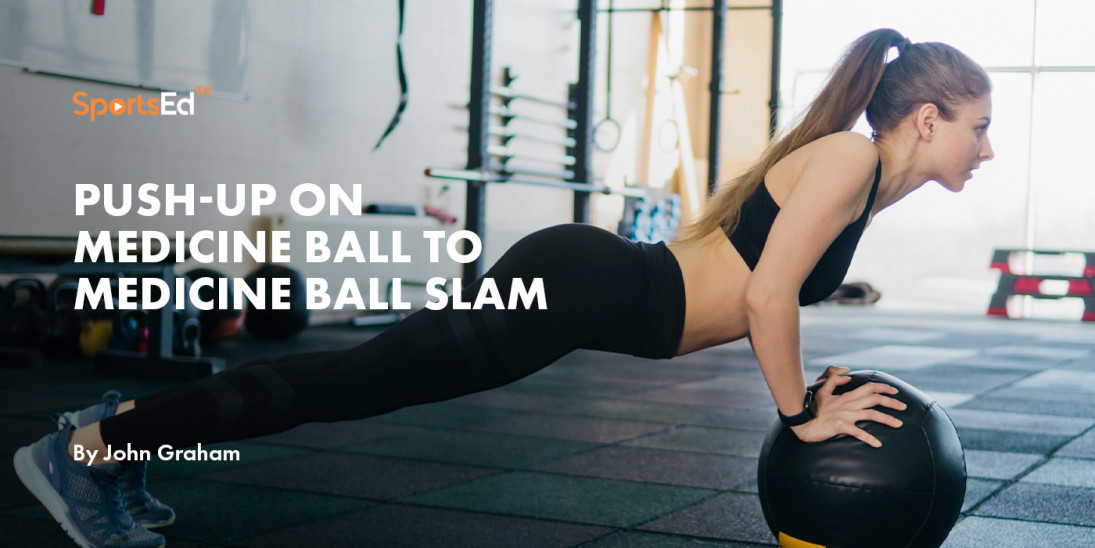Golf, Strength And Conditioning
Welcome and thanks for visiting...

How to Improve Joint Health Through Mobility Training

Mobility training can improve performance, mitigate injury, reduce joint pain, and build resilient joints that continue to perform well over time. But what is mobility training, and how do you get started?
Here, I talk about how you can improve your quality of life and training with mobility exercises like Controlled Articular Rotations (CARs).
What is mobility?
Mobility is the amount of usable motion you have in a joint. Flexibility is the range of motion in that joint. While often used interchangeably, mobility involves more than flexibility. With mobility, it’s not just about how bendy you are, but how much control you have over that flexibility.
Mobility = Flexibility + Strength + Control
For example, someone who is flexible can bend in all sorts of directions like a rubber band. Someone with great mobility can access that same range of motion safely, efficiently, and effectively while performing a functional movement like a weighted squat or deadlift.
So, if flexibility is like a rubber band, mobility is like a strong but pliable wire. It can bend while still maintaining strength and control.
What impacts your mobility?
Some people are very strong but have a limited range of motion. Others have an impressive range of motion but might lack the strength to control all that range. And others are a hybrid, very bendy in some joints and tight in other areas. Tightness is typically an indication of muscle weakness.
This variance from person to person is due to a variety of reasons: genetics, history of movement activities, surgeries, diseases, and age, to name a few. It could also be a result of the type of sport or movement training you’ve done as a young athlete or later as an adult. For example, some sports need large ranges of motion, such as circus arts and figure skating. In comparison, other sports might need a range just slightly more than the average human.
Our bodies have all been through our own unique mobility journeys. This journey is what impacts your movement patterns, flexibility, and strength. But no matter where you are on the journey, everyone can benefit from mobility training.
What is mobility training?
Mobility training involves exercises that improve both your flexibility and strength, expanding the range of motion in your joints and training your body to control this new flexibility. This is done through strength exercises performed at the outer limit of your flexibility.
A study conducted on forty-five subjects with tight hamstrings offers a great example of the impact of mobility training. In the study, they divided participants into three groups: stretching, strengthening while stretching, and a control group. While both “stretching” and “strengthening while stretching” groups exhibited improved stretch tolerance, those in the “strengthening while stretching” group had greater knee extension and flexibility3.
By strengthening your range of motion, you’ll notice that the flexibility in your joint becomes more and more accessible to you. The goal of mobility training is to either maintain or expand this range of motion to safely perform your favorite movement activities or sports. Maintaining range of motion and joint workspace also helps decrease the symptoms of arthritis, such as less pain and inflammation.
Why is mobility training important?
Over the past ten years, many sports medicine providers and coaches have realized the value and importance of mobility training. This is because mobility training can improve performance, mitigate injury, reduce joint pain such as arthritis, and build resilient joints that continue to perform well over time.
Improves performance and mitigates future injury
In sports and other physical activities, you’re very rarely asking your body to only perform an act of flexibility. Kicking a ball, swinging a golf club, or landing a roundoff back handspring requires your body to not just stretch the muscle to perform the activity but to maintain control of that flexibility while experiencing load or pressure.
Improving the functional range of motion in your joints not only enhances your performance but reduces your chances of injury. A great example of this is American football, where one of the most common injuries is an ACL tear4.
One study found that over 70% of ACL tears in football resulted not from physical contact but a lack of flexion and abduction in the hip, knee, or foot joints4. When pivoting on the field puts pressure on the ligaments in the joint beyond their max capacity, this results in a painful tear of the ligament.
Mobility training could help prevent this kind of tear from happening by strengthening and stretching the range of motion required for the sport. That way, you’re less likely to push the joint past the point of no return, and you’re able to improve your performance in the process.
Reduces joint pain and the need for joint replacement surgery
The recommended treatment for end-stage knee or hip arthritis is joint replacement surgery. Joint replacement surgery is one of the most commonly performed elective surgical procedures in the United States. The rate of these surgeries has increased dramatically over the years and is projected to continue2.
According to the American Academy of Orthopaedic Surgeons, a primary total hip replacement could grow 171% and total knee replacement 189% by 2030. That's a projected 635,000 and 1.28 million procedures, respectively2.
Improved technology in this space has increased how long the implants can last and dramatically reduced patient recovery time. This has resulted in a lot of younger patients coming in for hip and knee replacements1. But even with these improvements, it’s still a long, expensive, and painful road.

Instead of accepting the fate of joint replacements with aging and assuming that “once I hit 40, my body falls apart”, it’s time to start believing that anyone, regardless of age, deserves to feel good in their body. With mobility training, you can make joint health a priority. In the process, you can help reduce the symptoms of arthritis and delay or eliminate your need for elective surgery.
Builds resilient joints
Instead of accepting joint replacements as the answer to joint pain, why don’t we focus on delaying or preventing the need for a joint replacement in the first place?
While there’s physical therapy, that’s a solution once there’s already a problem. Mobility training helps decrease the need for future physical therapy and joint replacements by prioritizing your joint health.
Joint health is important because when it hurts to move, and your joints ache, this impacts your health and quality of life. You’re less likely to get up, move, and experience the things that bring you joy. Just like you brush your teeth every day to prevent gum disease, mobility training is the same for your joints. The more you train your mobility, the healthier your joints will be as you age and the fewer mobility restrictions you’ll have.
One of the foundational exercises for mobility is Controlled Articular Rotations (CARs). CARs are very intentional and nourishing joint movements designed to hit every aspect of your joint capsule. The goal is to create a full, controlled, and pain-free range of motion in the joint.
Here’s what CARs look like for your hip, spine, and shoulder:
To some, CARs might look like random joint circles commonly seen in warm-ups. But it’s not just flinging limbs around in space without any awareness or focus. By moving through a controlled and full, pain-free range of motion in your joint, you can experience what your joint can do.
This exercise has a few benefits for the body:
Creates greater mind-body awareness
CARs help provide important sensory information about your joints and their outer limits to the brain through your mechanoreceptors. This strengthens your mind-body awareness and connection.
A stronger mind-body awareness helps signal to the brain the need for tissue remodeling to allow for maximal elongation and range of motion. This helps prevent the maturation of fibrotic tissue which can cause movement restrictions in the joint. So, every time you practice CARs your body and brain help reduce the limits of your mobility, delaying or even mitigating osteoarthritis.
Builds kinesthetic awareness
The mind-body awareness you get from CARs also improves your body’s kinesthetic awareness and provides neuromuscular retraining. Kinesthetic awareness is your body’s ability to understand and feel where it is in space and respond accordingly. An example of this is running to catch a baseball without having to watch your limbs.
By practicing CARs, you can help create better awareness of your body’s positioning in space and what movement your body needs. The more you practice, the more awareness and control you have of your movement.
Reduces poor movement patterns
By isolating your movement and creating better kinesthetic awareness you’re also ensuring that the right joint is moving and that you aren’t compensating with other surrounding areas of the body.
In other words, your shoulder joint should be responsible for shoulder movement, not your back or hips. Creating more awareness around proper joint movement can help reduce injury from poor movement patterns.
Diminishes pain in the joint
Cartilage has no blood supply. It receives oxygen and nutrition from the surrounding joint fluid by diffusion. During movements such as CARs, the pressure pushes fluid and waste products out of cartilage cells. When it’s relieved, fluid diffuses back along with oxygen and nutrients to nourish the joint.
This has an anti-inflammatory effect by helping to move fluid out of the joint. This is why CARs can be very helpful in getting cranky joints to calm down. It’s also useful in decreasing the onset of neurological tightness or muscle spasms which, if not resolved, can lead to mechanical tension or restrictive scar tissue that limits your range of motion. Therefore, “resting” a cranky joint can sometimes increase the pain while proper movement can aid in the healing process.
Acts as a self-screening tool
CARs are not only a great tool for joint health maintenance, but they're also a great self-screening tool to check in. Since CARs go through the full range of motion in the joint, they can help you determine if any movements are cranky and/or limited that day.
If bringing your shoulder overhead to a flexion position seems more limited or painful than usual, this can be useful when considering your training plan for that day. The CARs might free it up enough that you can do the training as planned. Or you might need to do some extra shoulder mobility exercises to see if that gets it to a better place.
If not, then it might be time to modify your training plan for that day. A decision like this could be the difference between making a little irritation worse for the next few weeks or nipping it and only losing one day to training modifications.
Get started with your mobility training today
Whether you’re recovering from an injury, experiencing joint pain, or looking to improve your range of motion, CARs are a great self-screening tool and exercise to check in with your body and improve your joint health. And like brushing your teeth, the greatest benefits come from a routine.
With Andrea Kushman’s Cultivate Movement, there are tools available right now to keep you moving and enjoying the activities you love, for the long term. Learn more and get in touch today about how you can move freely with less pain, pinching, or restrictions, at any age. For more information visit: https://www.cultivate-movement.com/
Start your mobility routine for free today with an on-demand library of sample mobility classes through Cultivate Movement, including the big three: shoulder, spine, and hip CARs.
Sources








